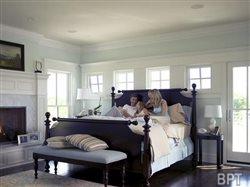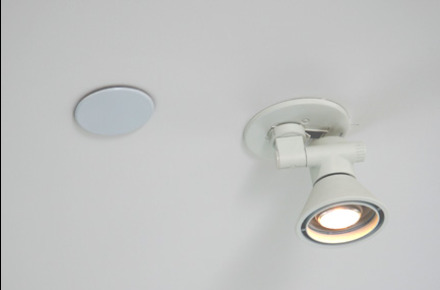Residential Fire Sprinkler Cost at All Time Low
This is an issue that comes up quite frequently, even for seemingly smaller residential addition/remodel projects. Since 2007, residential fire sprinklers have been required throughout the state of California for all new structures (including additions) larger than 1000 sq.ft. In San Luis Obispo County, this requirement is expanded (as it is is many other counties) to added and/or remodeled areas of an existing structure that total more than 1000 sq.ft., and/or result in an expansion of the total square footage (including covered porches and garages) that exceed 50% of the existing square footage. So, for even a relatively small addition to a small house, this can trigger the requirement. Also, the requirement is to retrofit fire sprinklers throughout both new and existing areas. 
For several years after this requirement first went into effect, I had many, many projects cancelled and considered financially unfeasible due to this requirement alone, even though the cost back then was often under $2 per sq.ft. Compare this to an average per sq.ft. cost to build and/or remodel of $200 per sq.ft. in SLO County, and we were talking 1% of total construction costs. Still, the rejection of this requirement was very common and persistent.
Since then, as system after system has been installed in such projects, the technologies have gotten more efficient ( a special kind of PVC plastic pipe is used that can be cut and glued unlike the cast iron formerly required), and the demand for such systems has driven prices down, consumers I think have started to become more used to it and don’t cancel projects as often when they are informed of this requirement. A recent study shows the average price for installation of residential fire sprinklers has dropped to an all-time low of $1.35 per sq.ft. Compare this to $8 or more per sq.ft. for hardwood floors, and even $2 per sq.ft. for cheap carpet, and you can start to see the relative cost of a system.
Another persistent myth is that all of the sprinkler heads come on at the same time when triggered. This is false. Only areas that fire is detected in triggers the sprinklers, the rest throughout the structure do not come on. And, 80% of fire deaths occur in residential fires. The risk of death in a fire in your house can be reduced by 80% by installing sprinklers.
detected in triggers the sprinklers, the rest throughout the structure do not come on. And, 80% of fire deaths occur in residential fires. The risk of death in a fire in your house can be reduced by 80% by installing sprinklers.
Also, the sprinkler heads can be concealed very nicely these days and are often barely noticeable amid light, detector, and other fixtures already common.
So, if you are even considering building a new home, or doing a significant remodel or addition project anywhere in the foreseeable future, be aware of this requirement and figure it in to your budget. It is not a very significant portion of the budget, but seems to still catch people off guard quite often.








